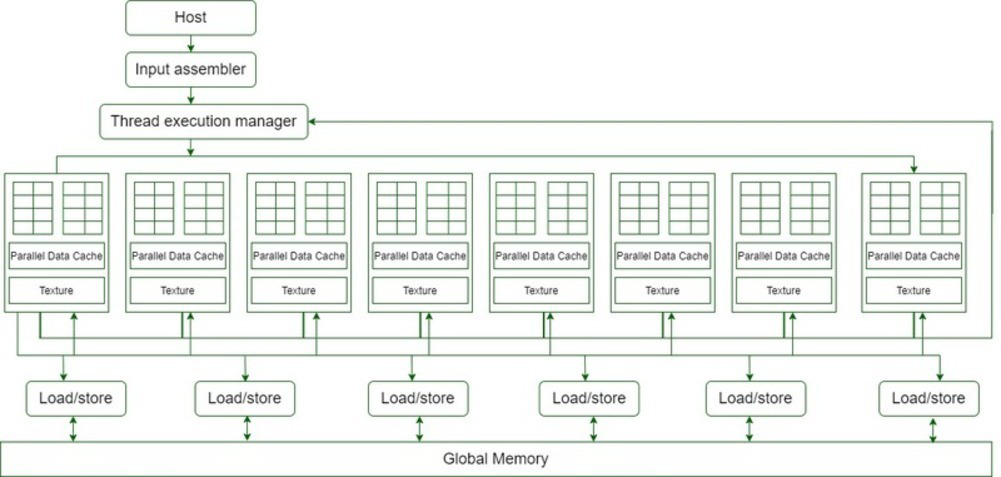:贝叶斯网络的并行化:加速大规模推理,解锁复杂问题的答案
发布时间: 2024-08-22 11:03:58 阅读量: 19 订阅数: 36 


# 1. 贝叶斯网络基础
贝叶斯网络是一种概率图模型,它使用有向无环图(DAG)来表示变量之间的概率依赖关系。每个节点代表一个变量,而有向边表示变量之间的因果关系。贝叶斯网络允许我们根据已知的证据推理未知变量的概率分布。
贝叶斯网络的联合概率分布由以下公式给出:
```
P(X_1, X_2, ..., X_n) = ∏_{i=1}^n P(X_i | Parents(X_i))
```
其中:
* X_i 是网络中的第 i 个变量
* Parents(X_i) 是 X_i 的父节点集合
* P(X_i | Parents(X_i)) 是 X_i 在给定其父节点的情况下发生的概率
# 2. 贝叶斯网络并行化理论
### 2.1 并行推理算法
#### 2.1.1 分布式贝叶斯推理
**概念:**
分布式贝叶斯推理将推理任务分配到多个计算节点上并行执行,以提高推理效率。
**算法步骤:**
1. 将贝叶斯网络划分为多个子网络。
2. 将子网络分配到不同的计算节点。
3. 在每个计算节点上并行执行推理任务。
4. 将推理结果汇总并生成最终结果。
**代码块:**
```python
import networkx as nx
# 创建贝叶斯网络
bn = nx.DiGraph()
bn.add_nodes_from(['A', 'B', 'C', 'D'])
bn.add_edges_from([('A', 'B'), ('B', 'C'), ('C', 'D')])
# 将贝叶斯网络划分为子网络
subnets = [nx.subgraph(bn, ['A', 'B']), nx.subgraph(bn, ['C', 'D'])]
# 分布式推理
results = []
for subnet in subnets:
result = nx.inference.propagate_beliefs(subnet)
results.append(result)
# 汇总推理结果
final_result = nx.combine_beliefs(results)
```
**逻辑分析:**
- `networkx` 库用于创建和操作贝叶斯网络。
- `nx.inference.propagate_beliefs()` 函数用于执行贝叶斯推理。
- `nx.combine_beliefs()` 函数用于汇总推理结果。
#### 2.1.2 并行Gibbs采样
**概念:**
并行Gibbs采样是一种并行蒙特卡罗方法,用于从贝叶斯网络中采样。
**算法步骤:**
1. 将贝叶斯网络划分为多个子网络。
2. 在每个子网络上并行执行Gibbs采样。
3. 交换子网络之间的采样值。
4. 重复步骤 2 和 3,直到达到收敛。
**代码块:**
```python
import numpy as np
import multiprocessing
# 创建贝叶斯网络
bn = nx.DiGraph()
bn.add_nodes_from(['A', 'B', 'C', 'D'])
bn.add_edges_from([('A', 'B'), ('B', 'C'), ('C', 'D')])
# 并行Gibbs采样
def gibbs_sample(subnet):
samples = []
for i in range(1000):
for node in subnet.nodes():
samples.append(np.random.choice(subnet.nodes[node]['states']))
return samples
# 分布式Gibbs采样
pool = multiprocessing.Pool(4)
results = pool.map(gibbs_sample, subnets)
# 汇总采样结果
samples = np.concatenate(results)
```
**逻辑分析:**
- `numpy` 库用于生成随机数。
- `multiprocessing`
0
0





